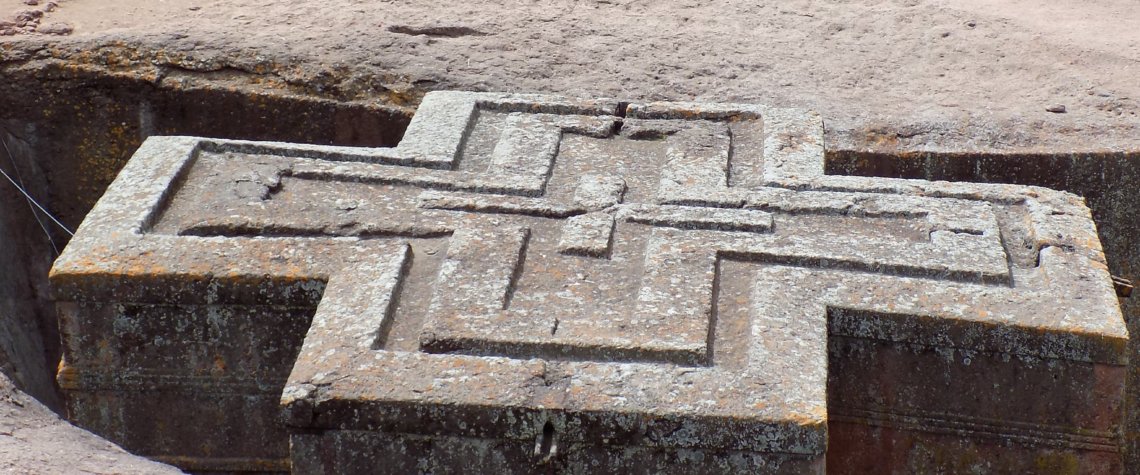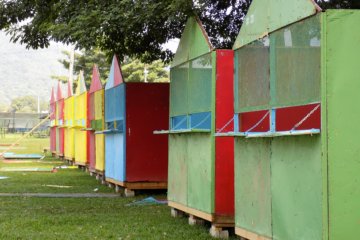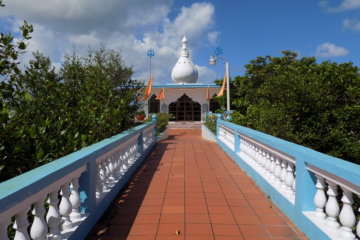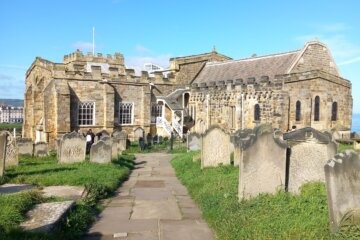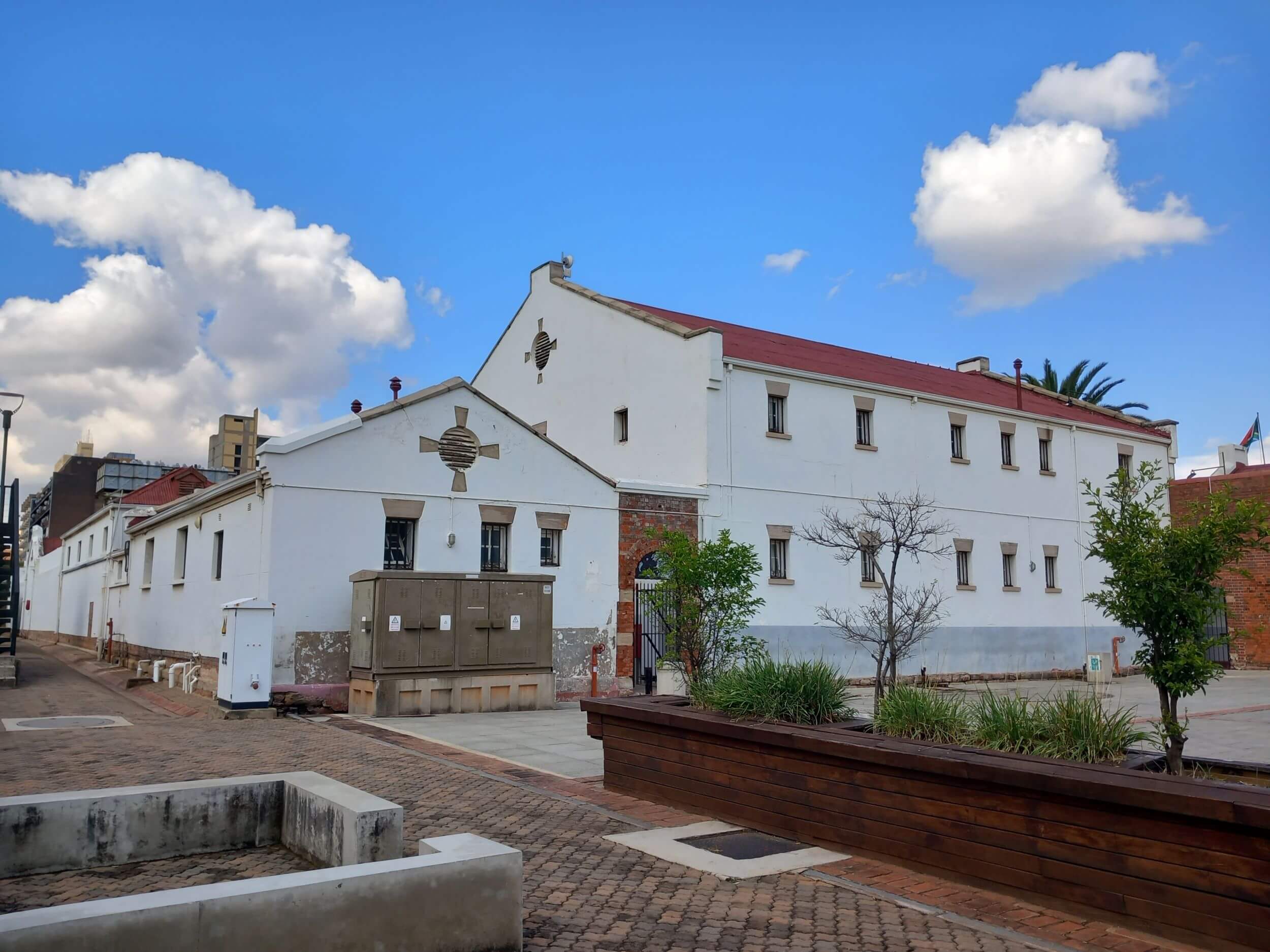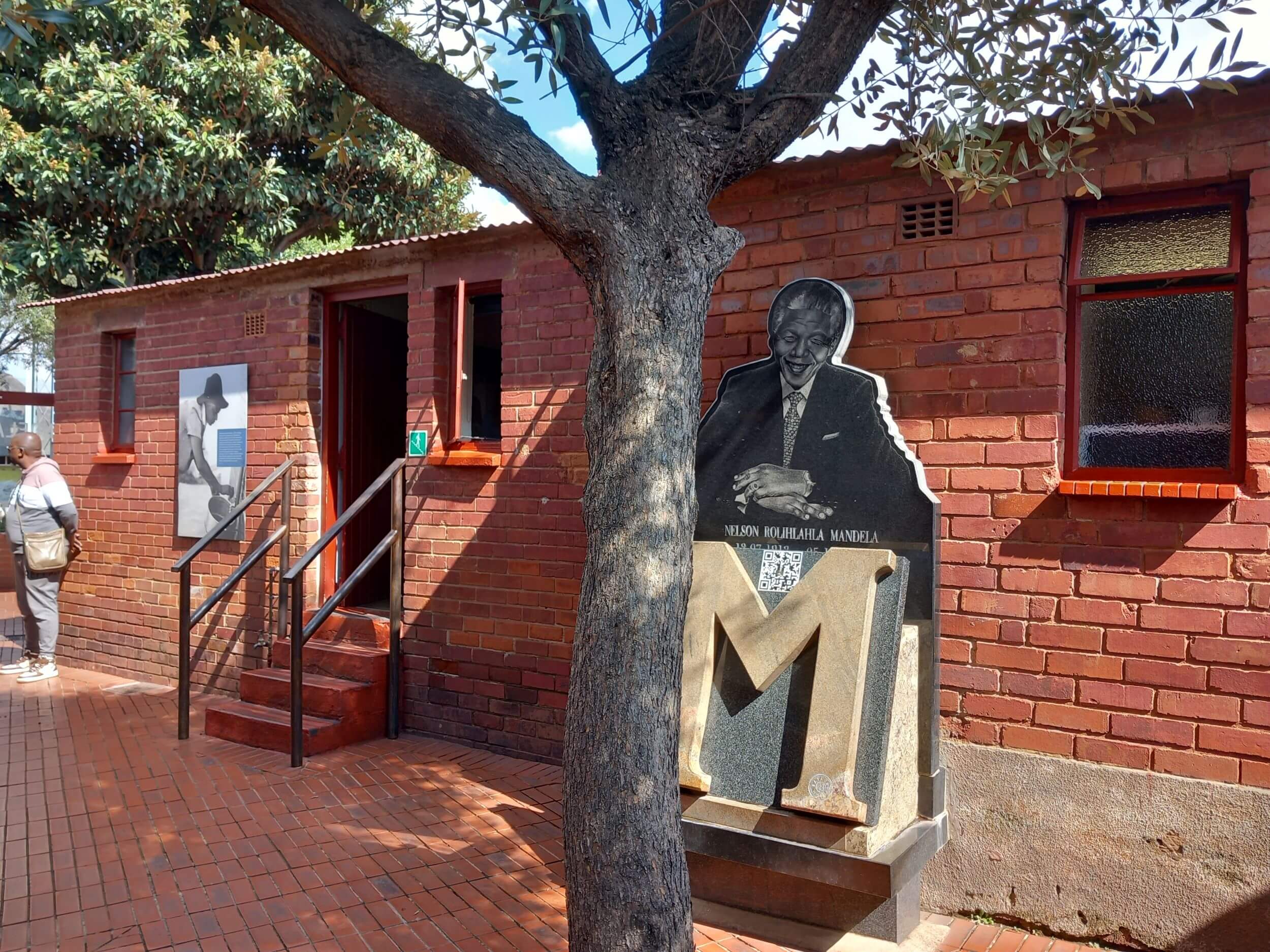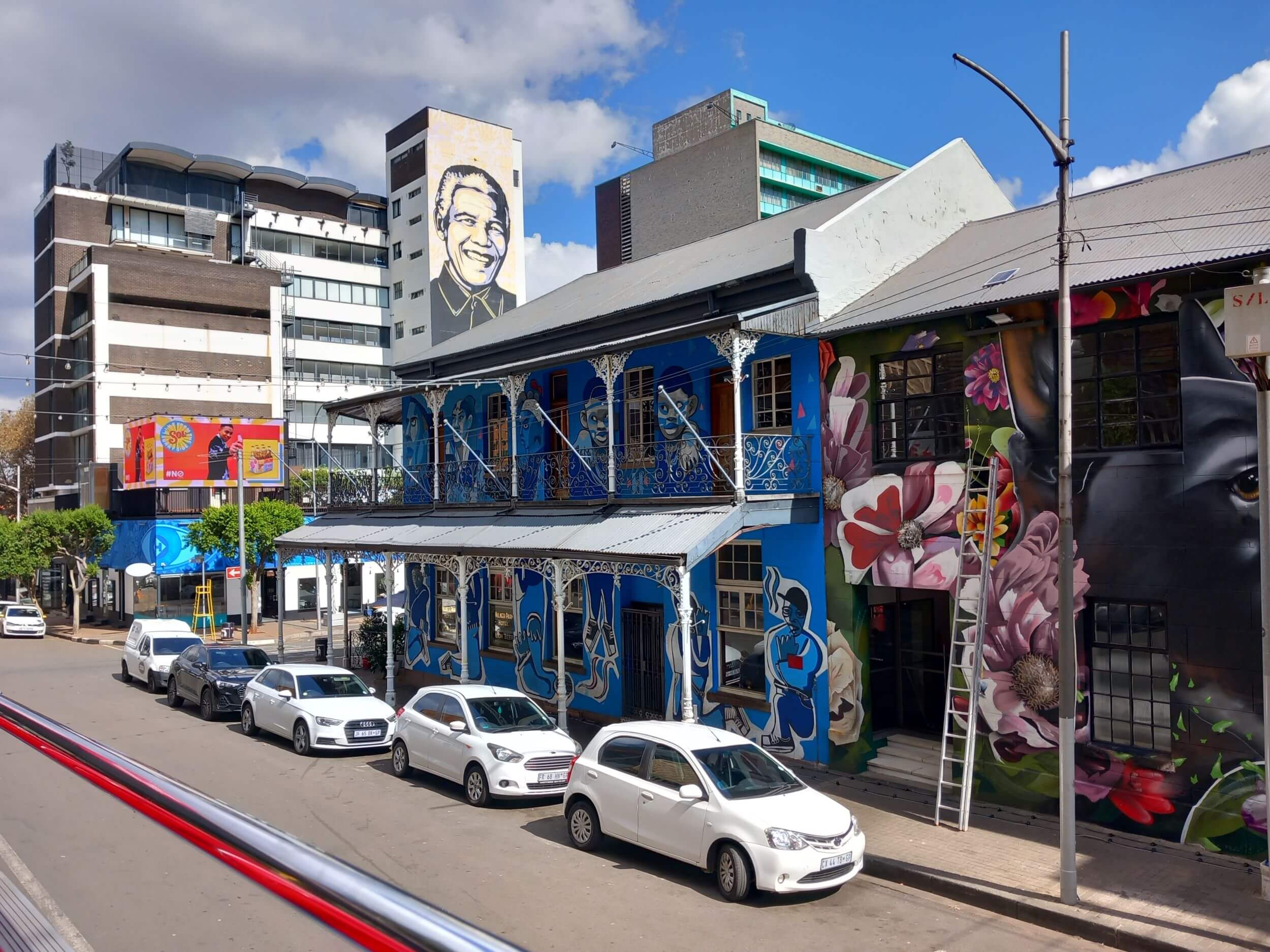The World Heritage Site of the rock-hewn churches of Lalibela was definitely a highlight of our trip around Ethiopia. Religious or not, I defy anyone not to be moved by the splendour of the buildings and the evidence of Christianity in its most raw and powerful form. The only other place where I have felt something similar was Jerusalem when I spent several months there as a teenager.
In this article
Essentials
Opening Times
Open every day from 8am to 12 noon and 2pm to 5.30pm.
Entrance Fees
The ticket includes entry to all eleven of Lalibela’s rock-hewn churches.
- Adult (age 14+) – $US50
- Child (age 9 – 13) – $US25
- Child (under 9) – free
History
The churches found in Lalibela are believed to date from around the time of King Lalibela (1181 – 1221). True believers, of whom our guide, Shambles, was an example, say that all the work was completed in 23 years and this was possible because every night the earthly workforce was replaced by a team of angels who achieved far more than mere mortals could have! However, the churches are so different from each other in style and state of preservation that experts maintain that they span a much longer period than even Lalibela’s reign.
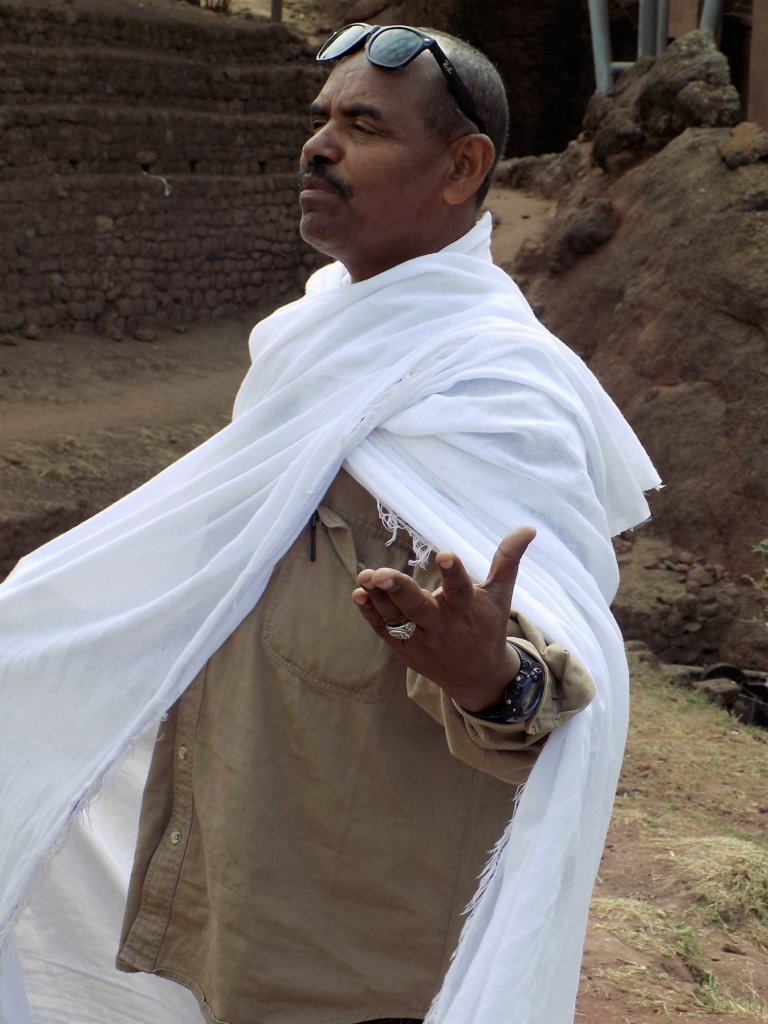
Our Visit to the Rock-Hewn Churches of Lalibela
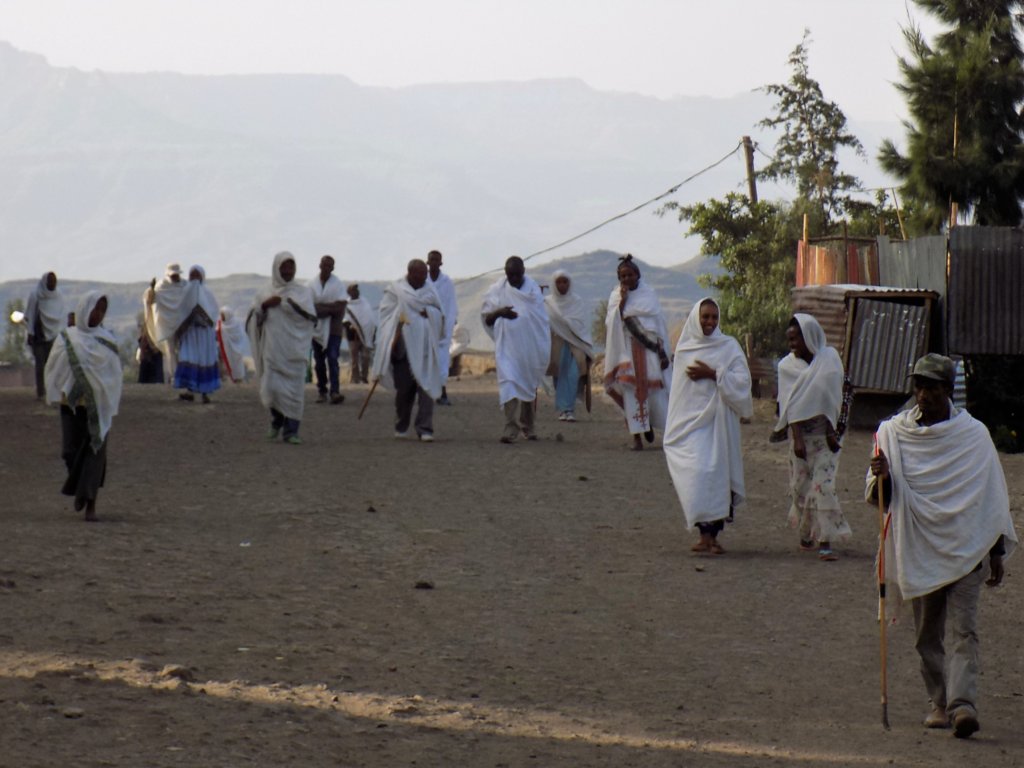
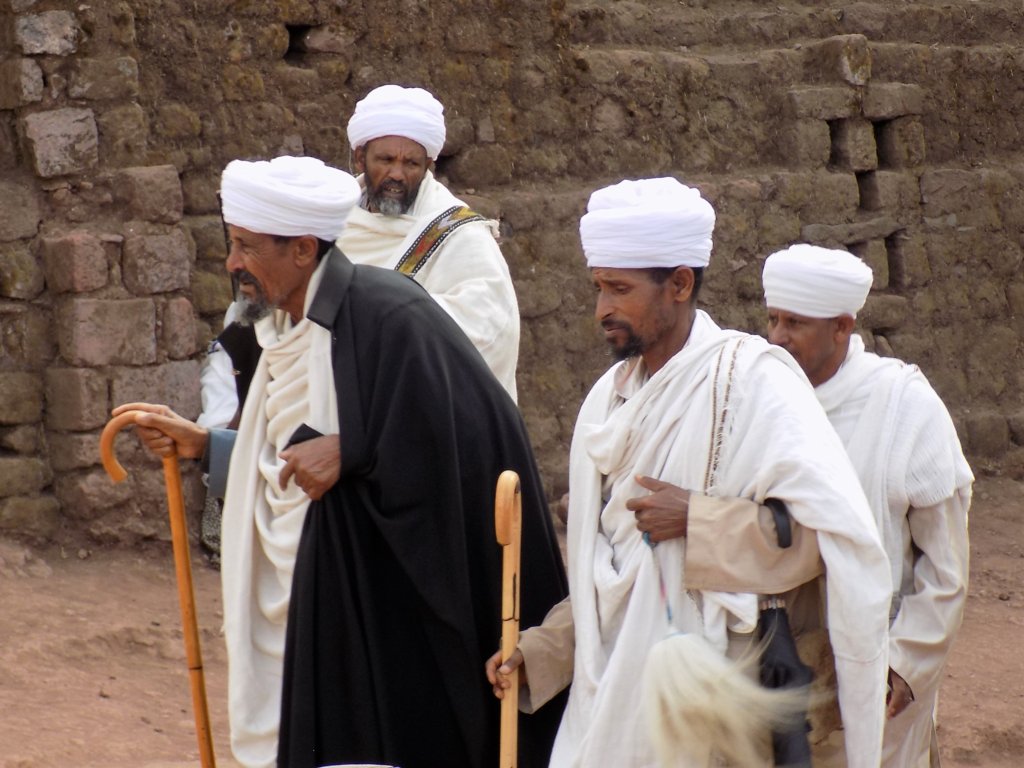
Our ‘Shoe Guard’
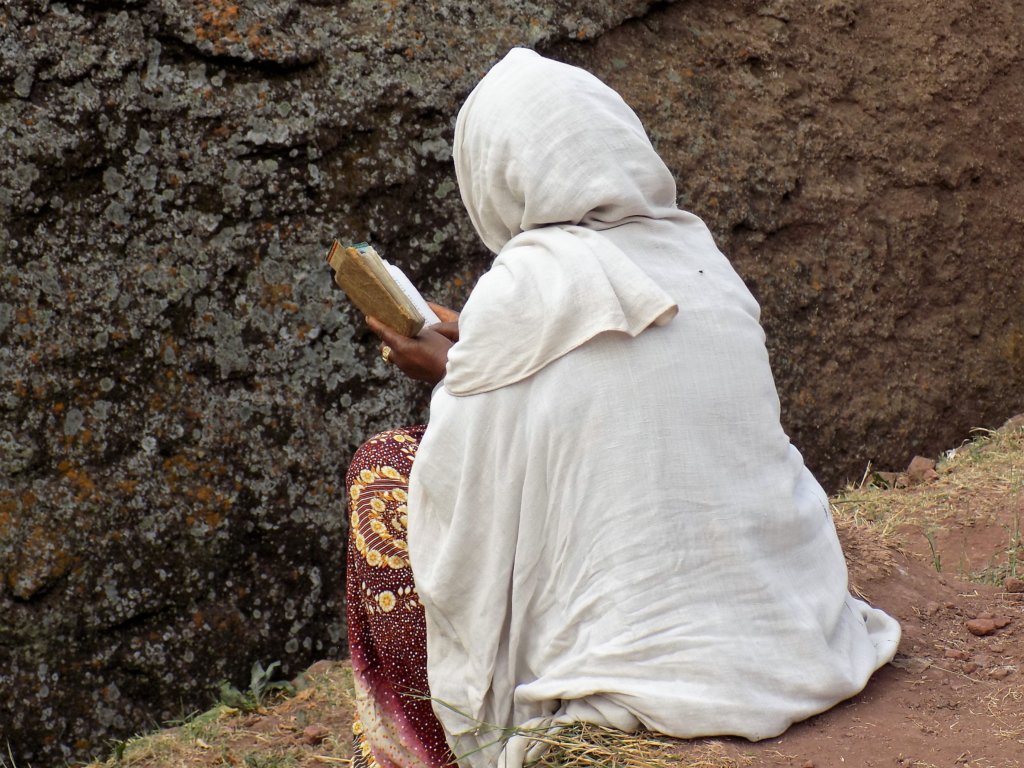
Bet Medhane Alem
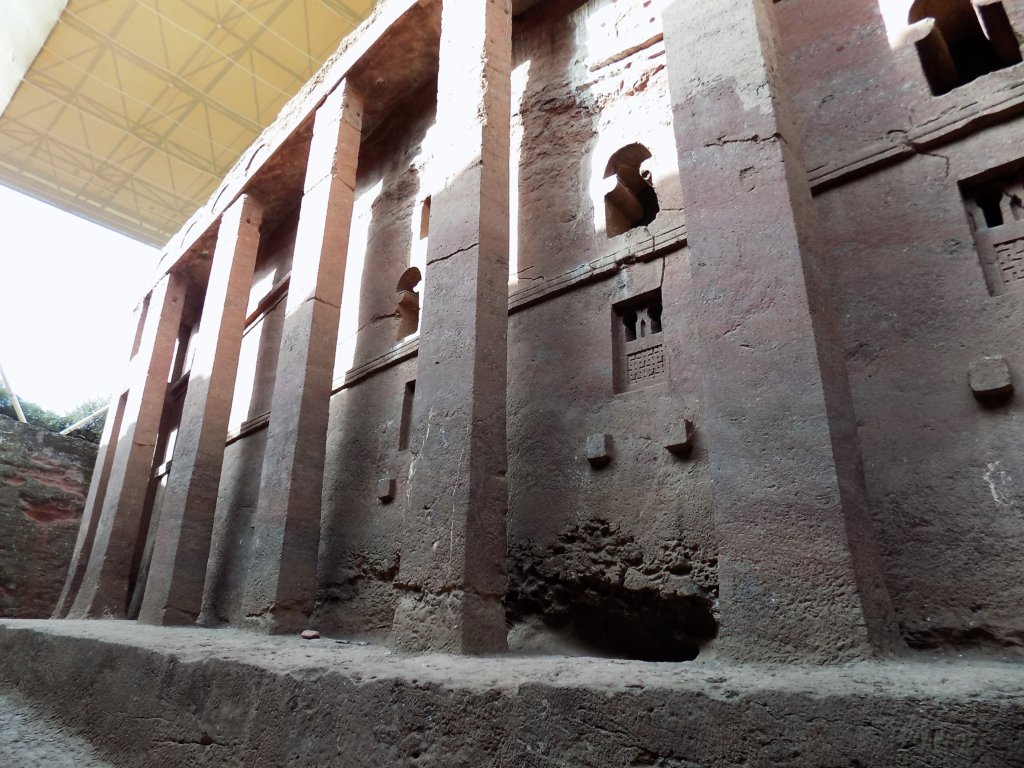
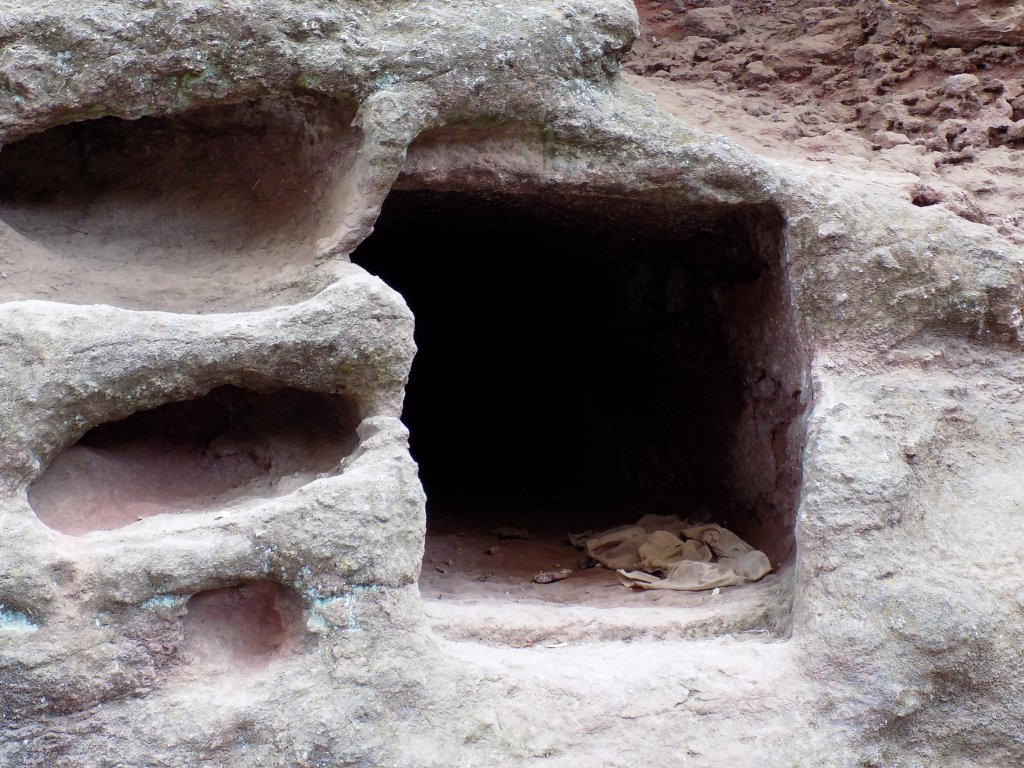
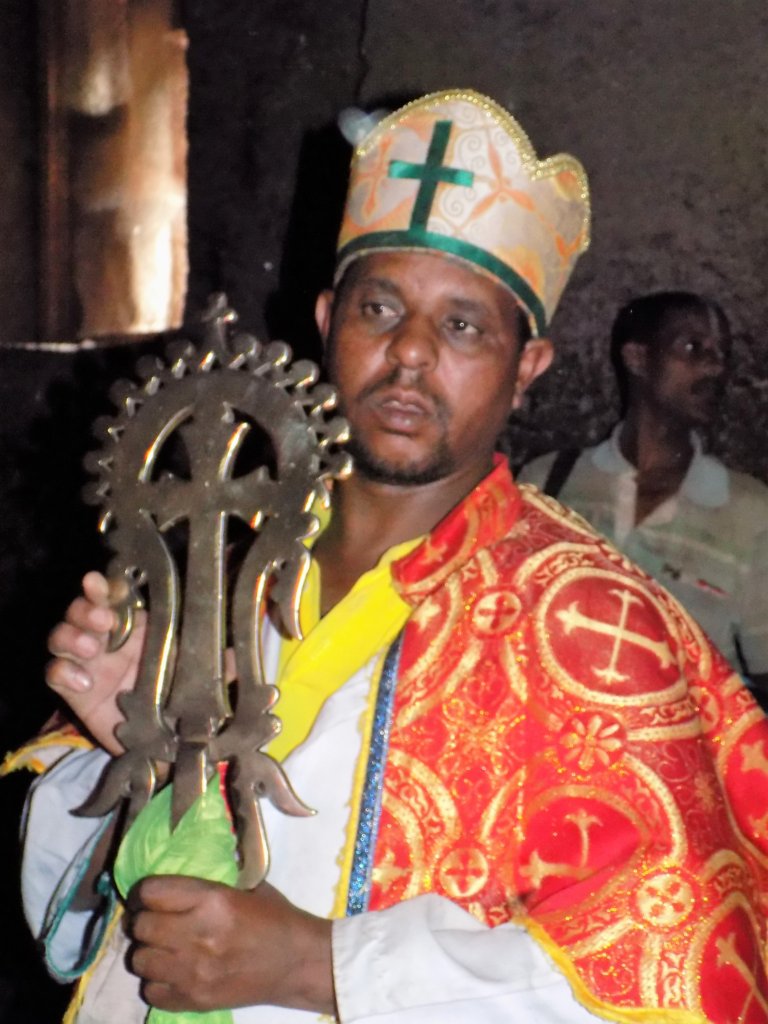
Bet Maryam church
Next, we went to Bet Maryam church, which is connected to Bet Medhane Alem by a tunnel. This church is dedicated to the Virgin Mary and many believe that it was the first church built by Lalibela. In the courtyard, there is a chapel, Bet Danaghel (House of Virgins), said to have been built to the memory of the maiden nuns martyred on the orders of the 4th-century Roman emperor, Julian. The murals inside are stunningly beautiful.
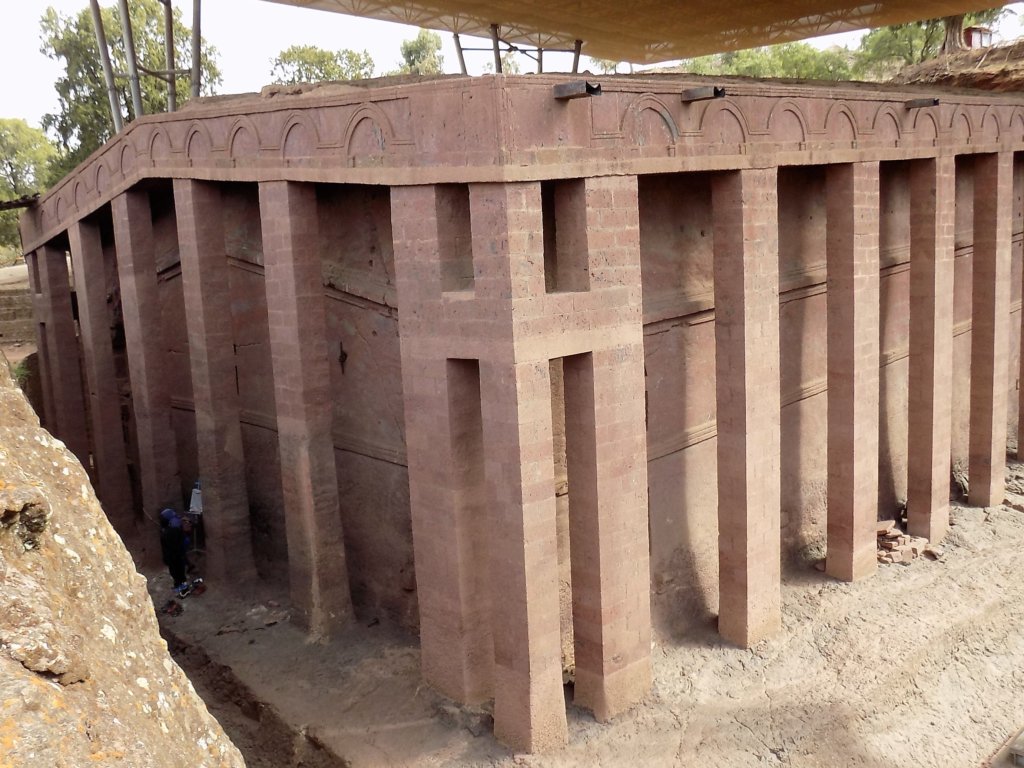
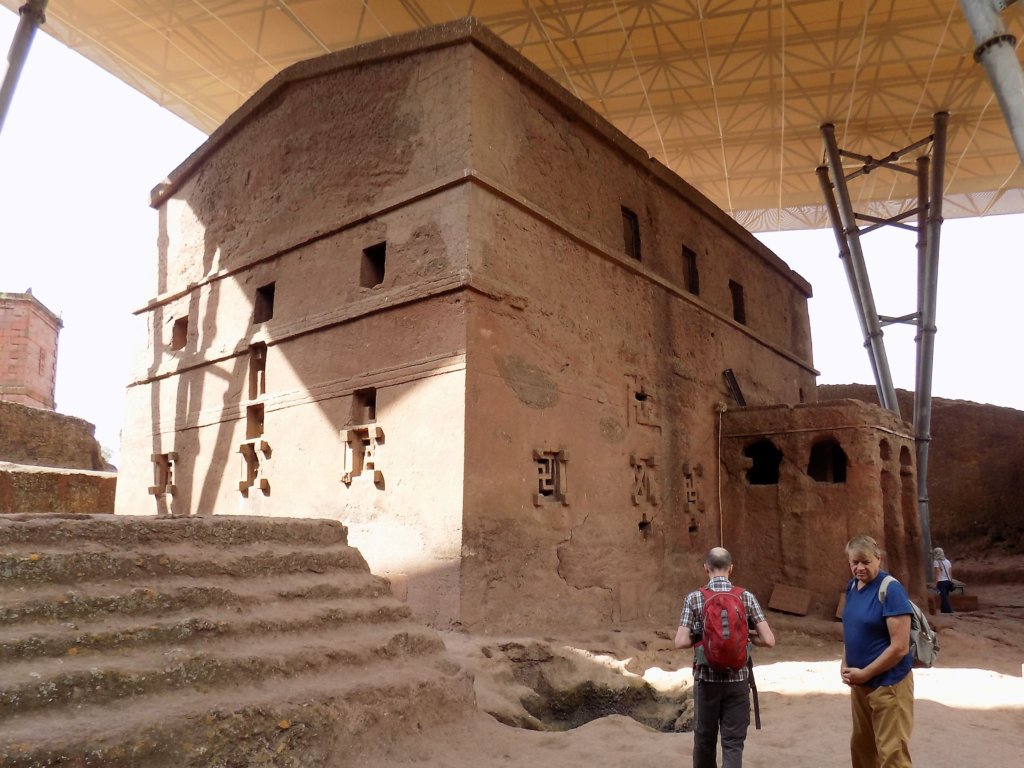
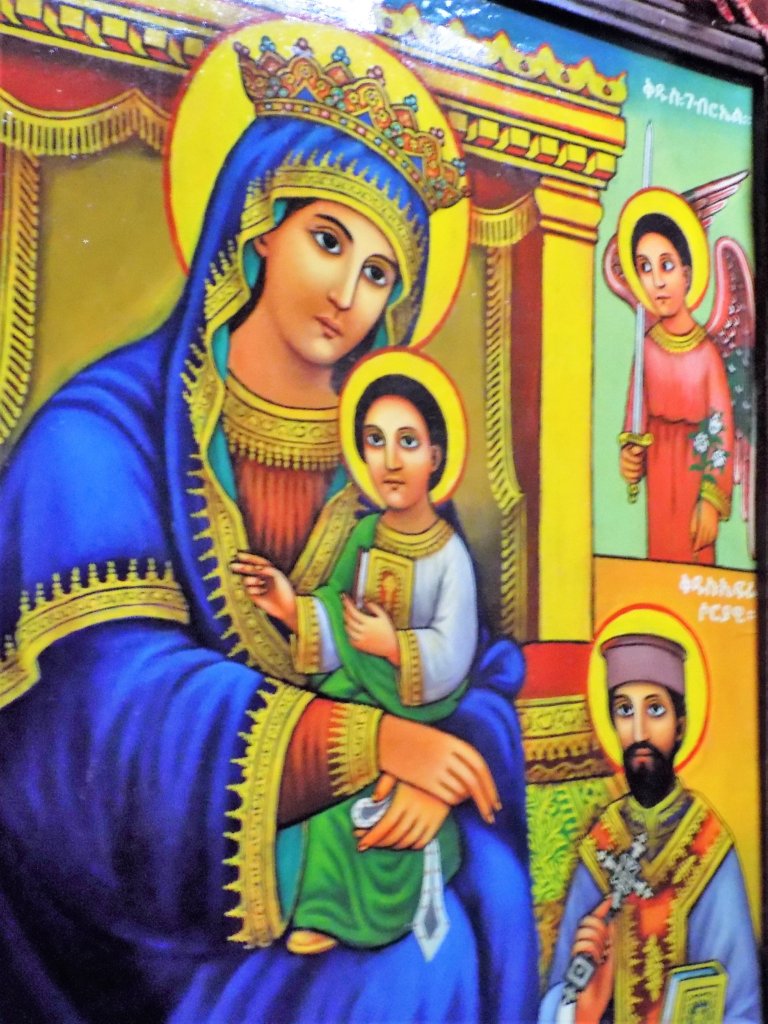
Bet Meskel, Bet Golgotha and Bet Mikael
Bet Giyorgis
After stopping for coffee, our final church of the morning was Bet Giyorgis or St. George’s, Lalibela’s masterpiece. It is the most visually perfect church of all – the first glimpse you get of its roof, in the shape of a Greek cross, is truly breathtaking. The fact that it isn’t covered with a protective canopy, as most of the other churches are, makes it even more special.
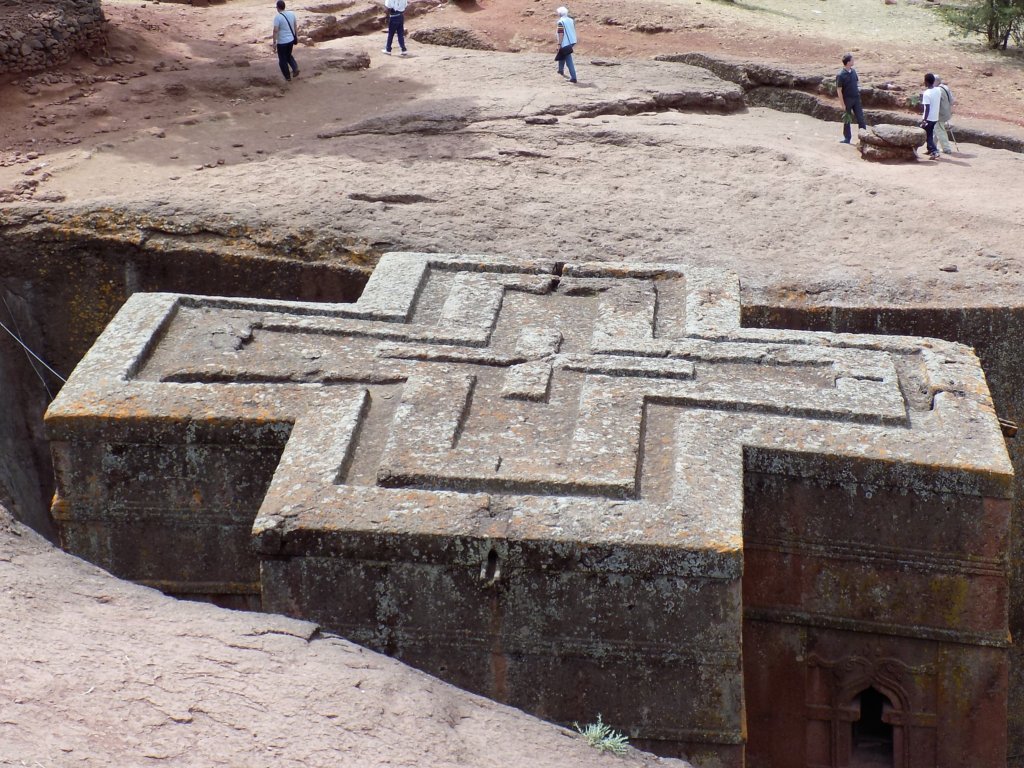
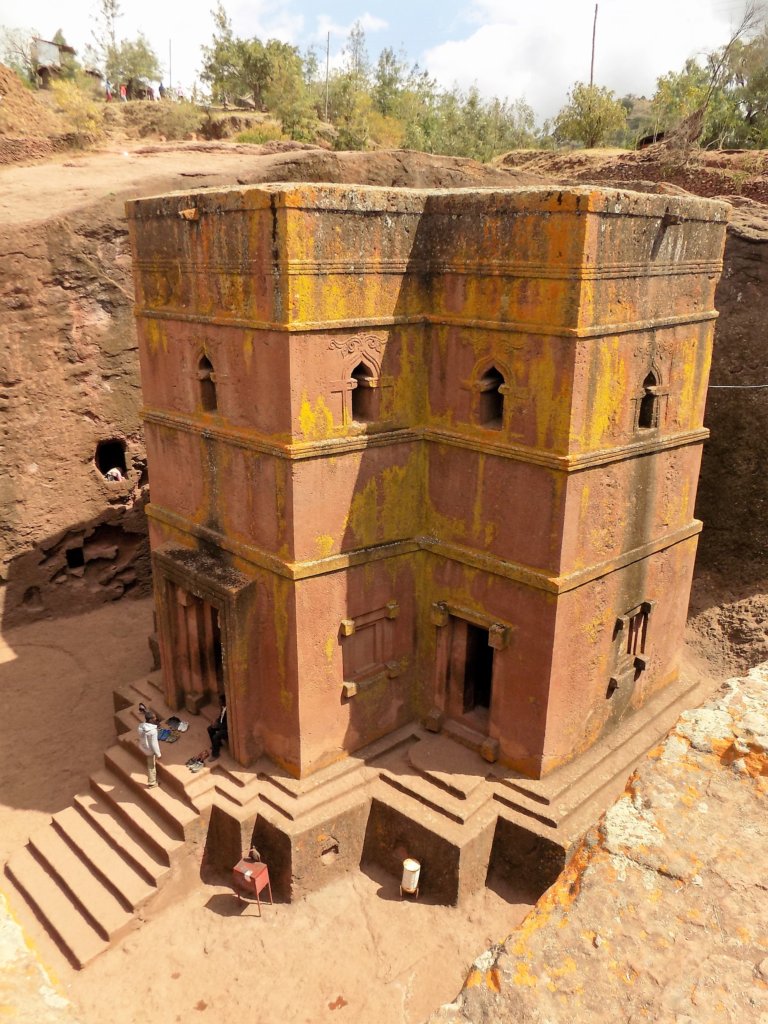
Watch this Video about Lalibela’s Churches
CLICK HERE TO READ MY COMPLETE TRAVEL GUIDE TO ETHIOPIA
Read More About Ethiopia
Search for Accommodation in Ethiopia
If you like what you’ve read, PIN IT!!
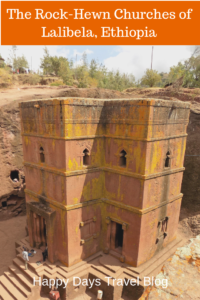
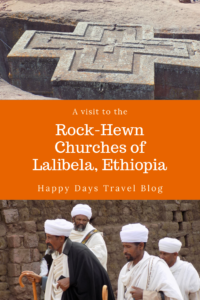
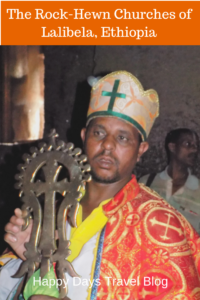
Disclosure: This post contains affiliate links. If you click through for more information, or to make a purchase, it may result in a small commission coming my way. Please note that there is no extra cost to you associated with this. Thank you so much for supporting my site.
Join our mailing list

Sign up to receive our monthly newsletter. Keep up with what we're doing and be the first to receive special offers and insider tips.

